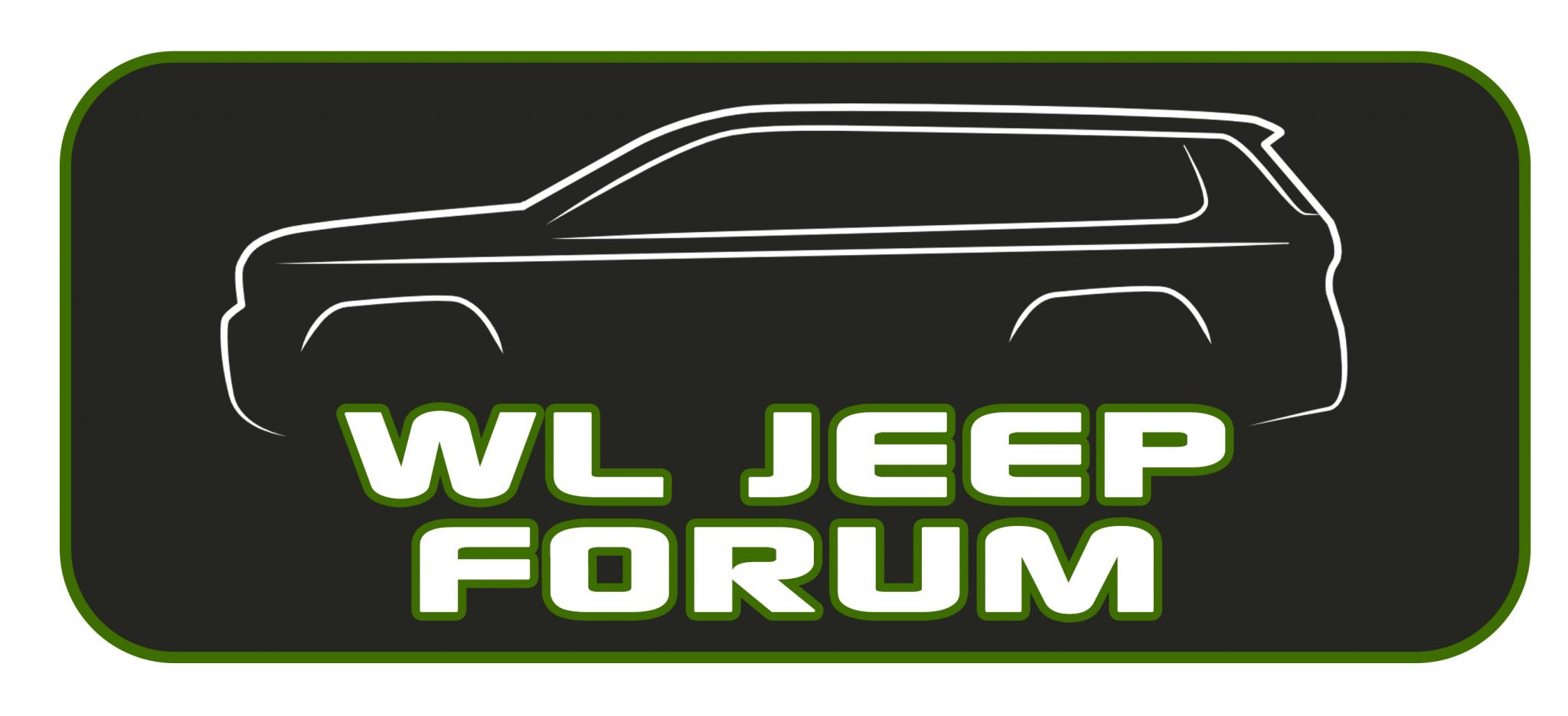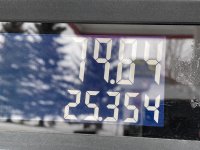I've had my GCL for 3 weeks now and have put close to 2,000 miles on it so far. Everything is great with the vehicle but I am puzzled by the gas gauge and range estimation.
1) The gas gauge stays above half for most of the tank despite having used over half of the fuel, and then when it gets below a 1/4 it doesn't seem to match up at all with what is left in the tank.
2) The range estimator tells me fairly consistently that I should be getting something close to 500 miles out of each tank, but I've yet to break 400.
3) With my first tank I got no less than 5 texts from the car telling me that I was low on gas and suggesting I get gas. With the 2nd tank my low fuel light came on (no texts) and I am embarrassed to say that I actually ran out of gas (first time in my life doing that) because I drove 7 miles total between the light coming on and the car stalling. WIth my previous car I had a range of at least 50 miles from when the low fuel light would come on. Since running out of gas I have become keenly observant of the gas gauge and have been trying to figure out what is going on. It seems with such a sophisticated vehicle that having an accurate gauge and range to empty would be a no brainer (and that it should appear on the home screen of the dashboard).
Is anyone else seeing this stuff happen with their vehicles?
1) The gas gauge stays above half for most of the tank despite having used over half of the fuel, and then when it gets below a 1/4 it doesn't seem to match up at all with what is left in the tank.
2) The range estimator tells me fairly consistently that I should be getting something close to 500 miles out of each tank, but I've yet to break 400.
3) With my first tank I got no less than 5 texts from the car telling me that I was low on gas and suggesting I get gas. With the 2nd tank my low fuel light came on (no texts) and I am embarrassed to say that I actually ran out of gas (first time in my life doing that) because I drove 7 miles total between the light coming on and the car stalling. WIth my previous car I had a range of at least 50 miles from when the low fuel light would come on. Since running out of gas I have become keenly observant of the gas gauge and have been trying to figure out what is going on. It seems with such a sophisticated vehicle that having an accurate gauge and range to empty would be a no brainer (and that it should appear on the home screen of the dashboard).
Is anyone else seeing this stuff happen with their vehicles?

